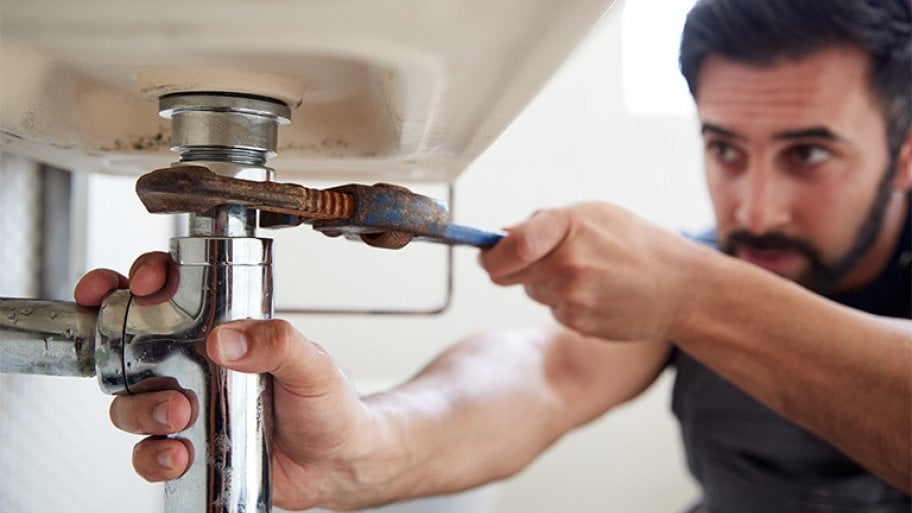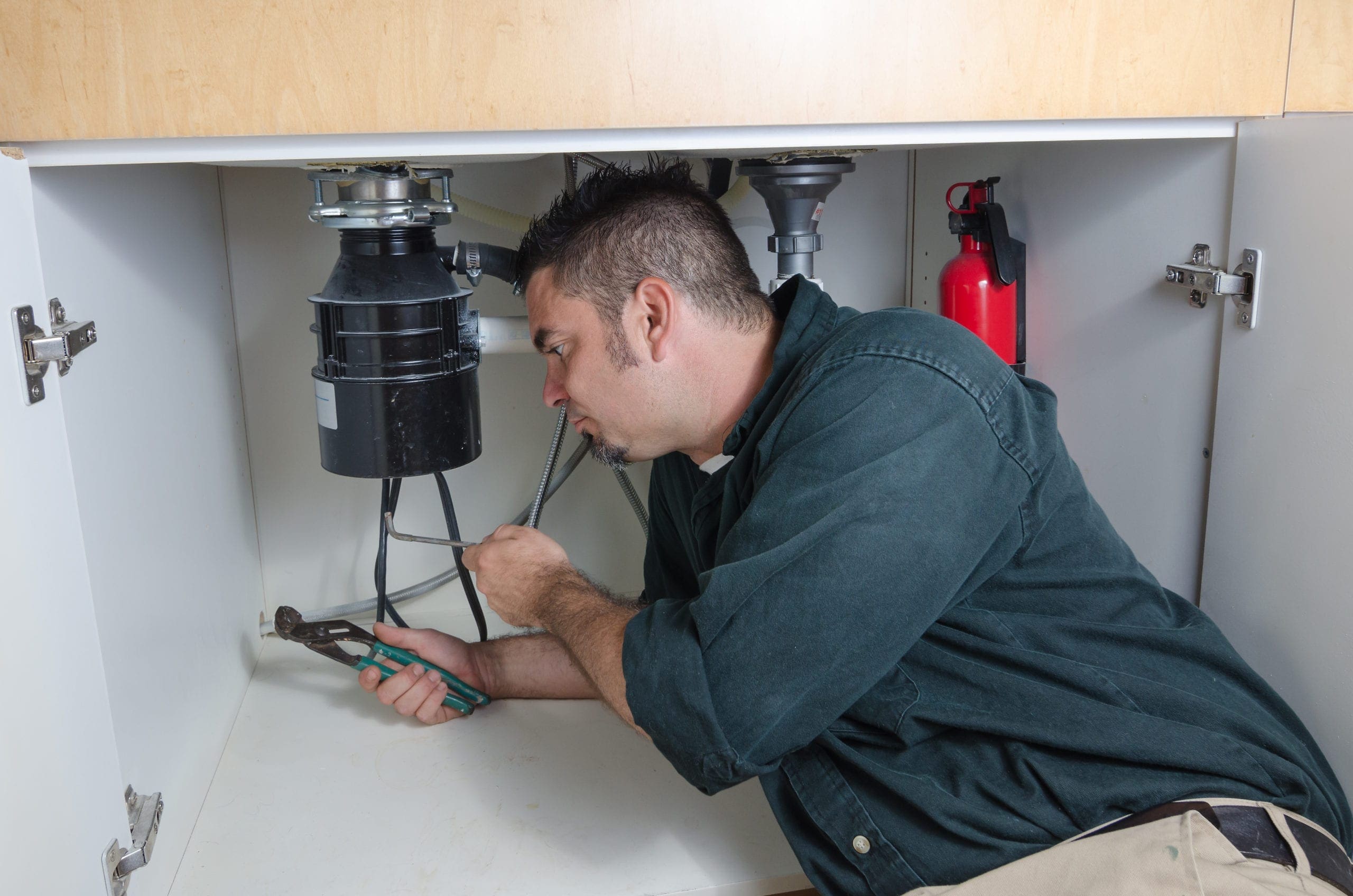Determining And Also Taking Care Of Plumbing Noises In Your Home
Determining And Also Taking Care Of Plumbing Noises In Your Home
Blog Article
Have you been trying to find help about Why Do My Pipes Make Noises?

To identify noisy plumbing, it is important to determine initial whether the undesirable noises occur on the system's inlet side-in other words, when water is transformed on-or on the drainpipe side. Noises on the inlet side have differed reasons: extreme water pressure, used valve and also faucet parts, poorly connected pumps or various other home appliances, inaccurately put pipeline bolts, and plumbing runs having a lot of limited bends or other constraints. Sounds on the drainpipe side normally originate from poor area or, as with some inlet side sound, a layout consisting of tight bends.
Hissing
Hissing sound that occurs when a tap is opened slightly normally signals excessive water stress. Consult your neighborhood water company if you believe this issue; it will have the ability to tell you the water pressure in your location and can mount a pressurereducing valve on the inbound supply of water pipeline if needed.
Thudding
Thudding noise, commonly accompanied by shuddering pipelines, when a faucet or home appliance valve is shut off is a condition called water hammer. The sound and resonance are caused by the resounding wave of pressure in the water, which unexpectedly has no place to go. Often opening up a valve that releases water quickly right into a section of piping consisting of a constraint, elbow, or tee fitting can generate the same problem.
Water hammer can usually be treated by mounting fittings called air chambers or shock absorbers in the plumbing to which the trouble valves or faucets are attached. These devices enable the shock wave developed by the halted flow of water to dissipate airborne they contain, which (unlike water) is compressible.
Older plumbing systems may have short upright sections of capped pipe behind wall surfaces on tap runs for the exact same objective; these can eventually full of water, lowering or destroying their efficiency. The remedy is to drain pipes the water system totally by shutting down the major water supply shutoff and opening all taps. After that open the primary supply valve as well as shut the taps one at a time, starting with the tap nearest the shutoff and also ending with the one farthest away.
Chattering or Shrieking
Extreme chattering or shrilling that occurs when a valve or faucet is switched on, which usually disappears when the fitting is opened completely, signals loosened or malfunctioning inner parts. The solution is to replace the valve or tap with a brand-new one.
Pumps and also devices such as washing equipments and also dishwashing machines can transfer motor noise to pipes if they are improperly connected. Connect such things to plumbing with plastic or rubber hoses-never inflexible pipe-to isolate them.
Various Other Inlet Side Noises
Creaking, squeaking, scratching, breaking, and also touching normally are triggered by the growth or contraction of pipes, generally copper ones providing warm water. The noises occur as the pipelines slide versus loosened fasteners or strike nearby house framework. You can usually identify the place of the problem if the pipelines are revealed; simply comply with the sound when the pipelines are making sounds. Probably you will discover a loosened pipeline hanger or an area where pipelines lie so near flooring joists or other mounting pieces that they clatter versus them. Connecting foam pipe insulation around the pipelines at the point of contact need to correct the problem. Make sure straps and also hangers are safe and secure as well as provide appropriate support. Where feasible, pipe bolts should be affixed to huge architectural elements such as structure walls rather than to mounting; doing so reduces the transmission of resonances from plumbing to surfaces that can intensify and move them. If attaching bolts to framework is inevitable, cover pipes with insulation or various other resilient product where they contact fasteners, and also sandwich the ends of brand-new fasteners in between rubber washing machines when installing them.
Dealing with plumbing runs that suffer from flow-restricting tight or countless bends is a last option that needs to be undertaken only after getting in touch with an experienced plumbing specialist. However, this situation is relatively usual in older residences that may not have actually been constructed with indoor plumbing or that have seen numerous remodels, specifically by novices.
Drain Sound
On the drain side of plumbing, the chief objectives are to remove surfaces that can be struck by falling or hurrying water and also to insulate pipes to consist of inescapable sounds.
In new building, bath tubs, shower stalls, commodes, and wallmounted sinks as well as containers must be set on or versus resilient underlayments to reduce the transmission of sound through them. Water-saving bathrooms as well as taps are much less loud than conventional models; install them rather than older kinds even if codes in your location still allow using older fixtures.
Drains that do not run vertically to the basement or that branch into horizontal pipe runs supported at floor joists or various other mounting existing specifically frustrating noise problems. Such pipes are large enough to radiate significant vibration; they likewise bring considerable quantities of water, that makes the circumstance even worse. In brand-new building and construction, define cast-iron dirt pipelines (the huge pipelines that drain pipes bathrooms) if you can manage them. Their enormity consists of a lot of the sound made by water travelling through them. Additionally, stay clear of transmitting drainpipes in walls shared with rooms and also areas where individuals collect. Wall surfaces consisting of drains must be soundproofed as was explained earlier, using double panels of sound-insulating fiberboard and wallboard. Pipelines themselves can be covered with unique fiberglass insulation produced the function; such pipes have an impervious vinyl skin (sometimes having lead). Outcomes are not constantly satisfying.
If Your Plumbing is Making These Sounds, There’s a Problem
A Bang or Thump When You Turn Off a Faucet
If a loud bang or thump greets you each time your turn off running water, you likely have a water hammer. A water hammer occurs when the water velocity is brought to a halt, sending a shock wave through the pipe. It can be pretty jarring — even worse, damaging to your plumbing system. All that thudding could loosen connections.
Strange Toilet Noises
You’re so familiar with the sounds your toilet makes that your ears will be attuned to anything out of the ordinary. Fortunately, most unusual toilet noises can be narrowed down to just one of several problems.
Foghorn sound:
Open the toilet tank Flush the toilet When you hear the foghorn noise, lift the float to the top of the tank If you’re ambitious, you can remove the ballcock valve and disassemble it to replace the washer. Or you can more easily replace the ballcock valve entirely. This device is relatively inexpensive and available at most any hardware store.
Persistent hissing:
The hissing following a flush is the sound of the tank filling. It should stop once the tank is full. But if the hissing continues, it’s likely because water is leaking out of the tank. The rubber flap at the bottom of the tank can degrade, letting water slip through and into the bowl. That’s why the tank is refilling continuously. Fortunately, this is an easy fix:
Cut the water to the toilet by closing the shutoff valve on the water supply line. Flush the toilet to drain the tank. Disconnect the flapper Attach the new flapper Gurgling or bubbling:
Gurgling or bubbling suggests negative air pressure in the drain line, likely resulting from a clog. As air releases, it causes the water in the toilet to bubble. This could either be a minor issue or a major one, depending on the clog’s severity. Clogs can be caused by toilet paper or more stubborn obstructions such as tree roots. If you can’t work out the clog with a plunger, contact a professional plumber for assistance because a clog of this magnitude could lead to filthy and unsanitary sewage backups in your sink bathtub.

As a reader about Why is My Home Making Strange Plumbing Noises, I imagined sharing that excerpt was appropriate. Are you aware of somebody who is fascinated about the topic? Feel free to share it. Thanks a lot for your time. Come back soon.
Set Up An Appointment Report this page